How We Live Now
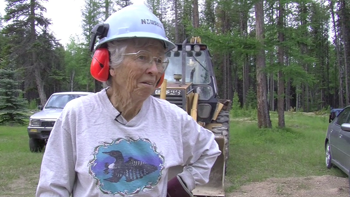
“Oh yeah? What's a real logger look like?”
Living independently in rural Montana
Produced by Connor Boals and Josh Tapper
For most older adults, living independently means driving to the supermarket, cooking meals and taking care of their own needs as long as they’re able. In rural America, where 15 percent of the population was elderly in 2005, independence might also include felling trees to heat the house.
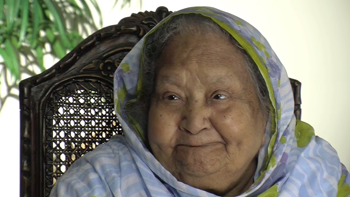
“Seeing everyone sitting at the table is a constant reminder of how lucky we are.”
Living with family in Walnut, Calif.
Produced by Sharaf Mowjood and Nushin Rashidian
Decades ago, parents no longer able to earn a living shared homes with their adult children. Social Security checks, which began flowing in 1940, allowed seniors to live on their own. But for some families, especially in certain ethnic communities, multiple generations under one roof remains the answer; today, 3.7 percent of American households contain more than two generations.
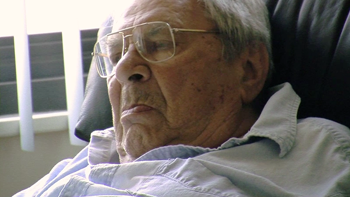
“Living here is a wonderful thing. It's the best that anyone could have.”
Living with home care in New York City
Produced by Patrick Egan and Sherisse Pham, with Alex Berg
Millions of Americans rely on home care. “To put someone in a nursing home can cost anywhere from two to three times more,” says Richard Rothstein of the Visiting Nurse Services of New York. Aging at home also improves mental well-being, by keeping people in familiar surroundings.
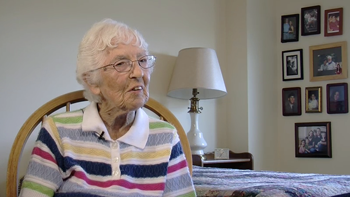
“Each day I'm more accustomed to it.”
Living in assisted living in St. Paul, Minn.
Produced by Mary Plummer and Scott Sell, with Abigail Jones
When elderly Americans struggle with daily activities but don't require intensive medical care, many turn to assisted living for services that include help with bathing, dressing, meals and social activities. More than 1 million seniors live in such communities, where annual costs average $38,000 for a private apartment. Most residents pay out of pocket.
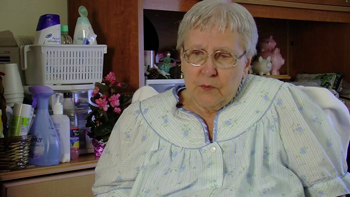
“The hardest thing was having to depend on others.”
Living in a nursing home in Delmar, N.Y.
Produced by Aaron James and Mary Plummer
For 1.6 million seniors, home is a nursing facility where they receive round-the-clock care for physical and cognitive disabilities. Medicaid will pay for nursing home care, which averages almost $70,000 a year for a semi-private room, once residents have drained their assets.
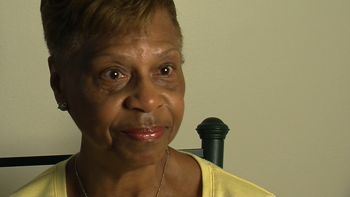
“NORC keeps me independent.”
Living in a NORC in Atlanta
Produced by Alex Berg, Patrick Egan and Abigail Jones
While most Americans want to age in place, they find access to social and medical services increasingly difficult. Naturally occurring retirement communities (NORCs) provide a solution when large populations of seniors already live in concentrated geographic areas.